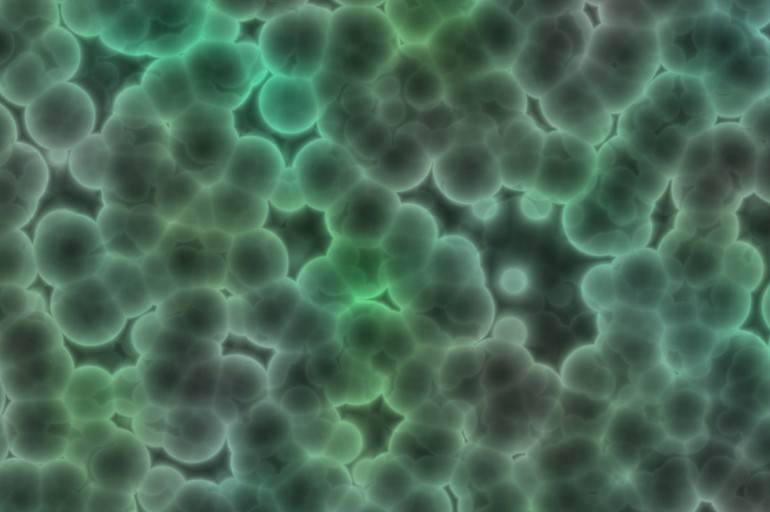
Now that we’ve looked at acute inflammation, we’ll turn our attention to chronic inflammation. Remember, this month’s Health Seminar is on Pain and Inflammation. If you, or anyone you know, have questions on this topic or are looking for some deeper insights, please come out! CLICK HERE for details and to register (seats are limited). Looking forward to seeing you there!
So, what makes chronic inflammation different from acute inflammation? First off, let’s revisit what inflammation actually is:
“Inflammation is a process by which the body’s white blood cells and chemicals protect us from infection and foreign substances such as bacteria and viruses.” (Cleveland Clinic)
If whatever is causing the acute inflammation persist for a prolonged period of time, chronic inflammation occurs. Classic research has demonstrated that this can result from an infection, exposure to toxins, environmental allergens, repeated physical trauma, and/or autoimmune reactions. However, new insights are shedding light on the role of diet, exercise, alcohol intake, smoking, and food sensitivities in inflammation (these topics will be discussed at this month’s Health Seminar).
Though the actual physiology of the chronic inflammatory response differs slightly from that we see in an acute response, it is still essentially a protective response mediated by the immune system. The issue, however, is that as our immune cells destroy whatever is causing the disturbance, the surrounding healthy tissue gets damaged…sort of like a “wrong-place at the wrong-time” situation. These cells are just minding their own business, trying to stay out of trouble, but as the riot escalates they get sucked into the mix. This tissue damage is what most of the fuss is about with respect to chronic inflammation and its negative repercussions. On top of the destruction component, there is also the repair component. Our bodies work tirelessly to repair damage and maintain optimal function even in an inflamed state. So as this ongoing inflammatory response destroys tissue, new cells are being laid down in a constant teeter-totter effect. Most of the time these new cells match the ones that were previously destroyed…but sometimes they don’t. Sometimes, more dense and fibrous connective tissue gets laid down which can lead to complications.
What does this all mean…
As mentioned above, the body tries its best to mitigate the tissue damage by generating new cells. However, different parts of the body have different regeneration capacities. Nerve cells, heart cells, and skeletal muscle have a poor capacity for regeneration and can be severely affected by chronic inflammation.
“Persistent inflammation functions as a driving force in the journey to cancer …”
(Mutat Res. 2008)“Recent data have expanded the concept that inflammation is a critical component of tumour progression…”(Coussens. Nature. 2002)
Inflammation and Disease
Nutrition and Lifestyle Considerations
Here is a simplified breakdown of anti- and pro-inflammatory foods and lifestyle habits…this is not a definitive list, but my hope is that it gets you thinking about how your diet and lifestyle may be contributing to or protecting against inflammation:
|
PRO-INFLAMMATORY |
ANTI-INFLAMMATORY |
| Infection | Vegetables and fruits |
| Physical Trauma | Cold-water fish and omega 3 fish oil |
| Toxins (incl. secondhand smoke) | Dietary fiber |
| Allergens | Nuts and seeds |
| Cigarette smoke | Moderate alcohol |
| Excess alcohol | Moderate physical activity |
| Refined (white) sugar and flour | Unsaturated fats |
| Processed foods | Curcumin |
| Deep fried foods | Water |
| Red meat | Qi-gong |
| Trans fats | Mindfulness meditation |
| Saturated fats | |
| Excess physical activity | |
| Stress |
If you would like more insight into how to better balance pro- and anti-inflammatory foods and habits, please attend this month’s Health Seminar!
References
- Cleveland Clinic Health Information. Cleveland Clinic, n.d. Web. 1 Sept. 2012. <http://my.clevelandclinic.org/health/diseases_conditions.aspx?topic=Disorders+and+Conditions>.
- Dr. Weil. N.p., n.d. Web. 1 Sept. 2012. <http://www.drweil.com/>.
- Guyton, Arthur C., and John E. Hall. Textbook of Medical Physiology. Philadelphia: Saunders, 2000. Print.
- Inflammation: gearing the journey to cancer. Mutat Res. 2008 Jul-Aug;659 (1-2):15-30.
- Coussens LM, Werb Z. Inflammation and cancer. Nature. 2002 Dec 19-26;420(6917):860-7.
- Parham, P., and Charles Janeway. The Immune System. London: Garland Science, 2009. Print.




